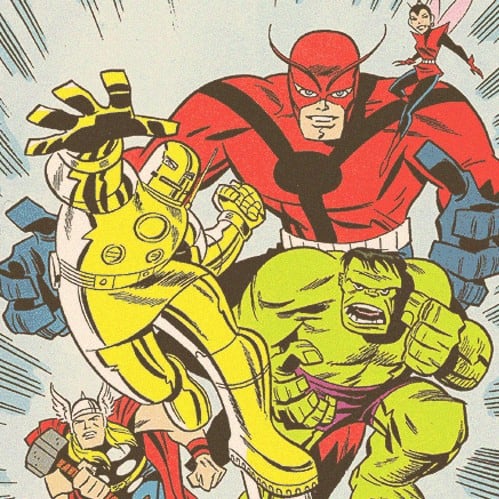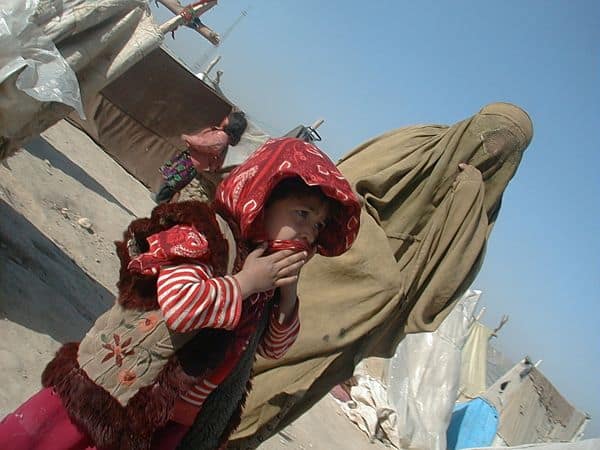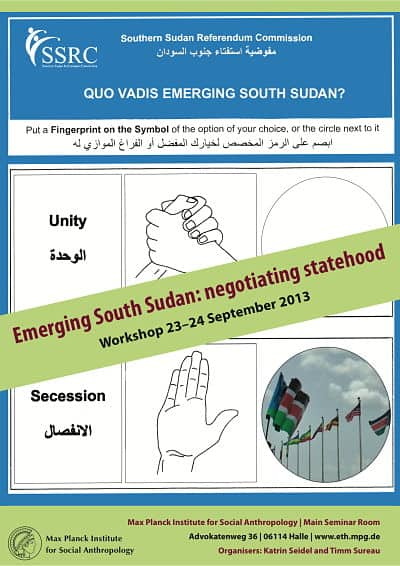Warning: Spoilers ahead. Do not read if you are planning to see Avengers: Age of Ultron.
This post comes in the aftermath of the last ASA meeting which took place at the University of Exeter this April. The last couple of days I have been thinking of this year’s ASA theme, namely symbiosis, in relation with the new Avengers movie, The Age of Ultron. This was not intentional and rarely do I control what I think about. In any case, in this post I delve on some aspects of Anna Tsing’s plenary from the conference, and connect these to certain social, political and ontological dynamics from the latest Avengers saga (which was fun, but not as fun as the first Avengers movie. Or Guardians of the Galaxy).
In its etymology the term symbiosis (Greek for “living together”) implies an organisation of two or more entities jointly working to sustain a functional environment. Functionalism as a theoretical paradigm was popularised by the the sociology of Émile Durkheim and later Talcott Parsons, as well as the anthropology of Alfred Radcliffe-Brown and E.E. Evans-Pritchard (although their ethnographic richness in many ways exceeds their sociological foundations). These theories perceived society to be a holistic structure operating according to long term, harmonious interactions between its parts, thus granting this overarching system with long-term stability. Such perceptions were critiqued for not being able to account for social conflict and change, and were later complemented with nonlinear and agonistic theories of society, like Gregory Bateson’s cybernetics and Ilya Prigogine and Isabelle Stengers’s thermodynamics.
Like societies, very little is consensual and harmonious about symbiosis. In fact, consensus is probably the exception to the rule. Most of the time symbiotic relations are not balanced and reciprocal but deadly and destructive, as is the case with relations of parasitism, amensalism and antagonism. What I found interesting about Tsing’s plenary was that she pushed the notion of symbiosis beyond its neo-functionalist suggestion of “working together.”Rather than simply exploring it in terms of cooperation and mutuality, Tsing’s lecture invited us to also think of symbiosis as resulting from processes of friction and disturbance. Following her proposition of landscapes as “enactments of possibility of living together”she went on to add that, above cooperation, such landscapes “come in existence through disturbance.”
It is important that we receive this understanding of symbiosis.Speaking from the perspective of a social anthropologist, my impression is that if symbiosis as a concept is to attain relevance, it must be able to account for the violence and instability of present day socio-political landscapes. Amid such landscapes, peaceful symbiosis is often unattainable. Here, political alliances present themselves as fragile and volatile, forged and disrupted at the stroke of circumstance.
Following Tsing, rather that perceiving them as constant and anticipated, I suggest that we think of current forms of political symbiosis, especially activist ones, as erratic yet tactical, momentary yet of particular power, emergent of alliances made and dissolved at specific point of time, according to particular events, projects and causes.
The relation of the Avengers to all of this slowly becomes evident. Like sociological and anthropological understandings perceiving society as operating in a state of constant disequilibrium, in the Age of Ultron one can similarly identify a metaphysics of chaos and disturbance permeating the Avengers squad and social relations in their entirety. Such metaphysics are alluded by the protagonists on several occasions. Vision says to Ultron that humans mistakenly “think of order and chaos as opposites”, Nick Fury says to Tony Stark that “no matter who wins or loses, trouble always comes around”and Quicksilver’s final words are “I didn’t see that coming.”All in all, such statements allude to the volatility of worldly circumstance, the friction and also decisiveness by which alliances in the film are forged, enacted and dissolved on both sides of the fence (it is not only the Hulk and Thor who momentarily turn against Iron Man; the Scarlet Witch and Quicksilver ultimately turn against Ultron), as well as the necessity for humanity to invent collectives of resistance capable of battling evil in its unpredictable manifestations.

The film hence exemplifies a concept of political symbiosis as unruly alliance. In addition, it does not take such alliance as readymade, but as a challenge to be achieved. None of the Avengers biologically or ecologically require each other to survive – they are indeed very different from each other and have difference objectives and moral viewpoints of the world – but nevertheless willingly enter into transient symbiotic arrangements, at particular periods of time. To this, Captain America’s call to arms-“Avengers Assemble”-could be the political technology par-excellence, since in its urgent and pragmatic potency rallies together a gathering of resistance of divergent dimensions which would not otherwise be possible.
Such call to arms acts as the the starting point of a symbiotic, yet in many ways exceptional relationship between the Avengers, which arises at a specific juncture, according to a specific evil ravaging Earth.
Thus, another element of such form of symbiosis is that the assembly of an unruly collective is always predicated and connected to the evil it fights. This because the conditions out of which evil emerges are, at the same time, constitutive of the collectivity of those affected by it, and thus trace the contours of possibility for the forging of alliances capable of countering the given evil. Ironically, the symbiotic glue which holds such alliances together is not some sort of mutual project or understanding of the world, but rather their mutual reaction to an all-encompassing, amongst them, enemy. Evil is, to use Tsing’s words, “a historical circumstance which makes symbiosis a requirement.”
Although I understood Tsing’s plenary as mainly tackling the notion of symbiosis from an epigenetic and ecological register, its political intention was also evident. The necessity to make alliances was a central point in her plenary. As she said, now more than ever, we need to find “allies that can help us transform. ”The imperative for alliance and transformation implies that attention is not only given to maintaining existing “natural”milieus of symbiosis, but also creating new “unnatural” ones.
To frame these thoughts in real-word conditions, what I find interesting about current activist forms of resistance is that they emerge through the assembly of otherwise disparate collectives and their common reaction to a particular evil. What emerges through the connection of these collectives is a spectrum of transformative capacity which could not otherwise be achieved. Moreover, amid such impulsive gatherings, resistance is not directed to abstract notions of capitalism and state, but to specific culprits and villains which provoked such reaction in the first place – what Philippe Pignarre and Isabelle Stengers refer to as “minions”of evil. By concretely framing and announcing their enemies, collectives such as these unfold and backtrace the often hidden articulations through which evil emerges (the university in cahoots with the market and the corporation), and in return form aberrant counter-alliances of their own (the student in league with the activist, the journalist, the hacker, the artist, or even the politician).
As Virgil wrote long ago, “if I cannot access heaven I will raise hell”.
That is to say, when faced with forces of malign intention, and dispensed with possibilities of peace, harmony and cooperation, perhaps the only thing left to do is form deviant assemblies of our own. Raising hell exactly entails forming such unnatural – what Eduardo Viveiros de Castro calls “demonic”alliances of political symbiosis, capable of deploying friction and disturbance as creative forces of resistance and change. Alliances of these kind might be short-lived, yet of intense strength and importance. Shortly before I finished writing this piece, a long spell of occupation by the Free University of London – a collective of students which through its alliances became something much more – was dissolved because of legislative action by university management.
Like others of its kind, the urgency and fury under which this collective formed persist, and this means that its disbandment does not entail its destruction but, much like the evil it symbiotically opposes, its future recombination.
Further reading
Viveiros de Castro, Eduardo. 2010. “Intensive filiation and demonic alliance”
Ryzova, Lucie. 2013. “The battle of Cairo’s Muhammad Mahmoud Street ” Cultural Anthropology.
Philippe, Pignarre and Isabelle Stengers. 2011. Capitalist Sorcery: Breaking the spell. Translated by Andrew Goffey. New York: Palsgrave Macmillan.
Bateson, Gregory. 1972. Steps to an ecology of mind. Chicago and London: University of Chicago Press.
Mosko, Mark and Fred Damon (eds.) 2005. On the Order of Chaos: Social anthropology and the science of chaos. New York and Oxford: Berghahn Press.




